Dye grinders, often confused with die grinders due to their similar nomenclature, are specialized tools used in the process of grinding and dispersing pigments for dyes and paints. Industrial machines play a crucial role in the production of nice, consistent dyes used in various industries, including textiles, automotive, and art supplies. Dye grinders ensure that pigments are broken down to the desired fineness, allowing for smooth colour application and uniformity in the final product. Their importance in the dye manufacturing process is significant, impacting the quality and effectiveness of dyes across various applications. For more bulk options, browse Alibaba. com.
Dye Grinders’ Design and Working Mechanism
The design of a dye grinder is focused on efficient and precise grinding of pigments. The machines typically consist of a grinding chamber, rotating blades or balls, and a motor to facilitate movement. The pigments are introduced into the chamber, where they are ground against the walls or by the moving parts. The fineness of the grind is controlled by the duration of the grinding process and the speed at which the machine operates. Modern dye grinders are equipped with advanced features like temperature control and pressure adjustments to prevent pigment alteration during the grinding process. Dye grinders are essential in the manufacturing process of both natural and synthetic dyes. They are used to produce dyes for textiles, ensuring that the colours are uniform and vivid. In the automotive industry, dye grinders help in creating pigments for car paints that are consistent and durable. Similarly, in the production of art materials like acrylics and watercolours, dye grinders play a pivotal role in achieving the right texture and colour intensity. The quality of grinding directly affects the quality of the dye, making the choice of the right grinding equipment crucial.
Types and Varieties of Dye Grinders
There are several types of dye grinders available, each designed for specific grinding needs. Ball mills, for example, use hardened steel balls that rotate within a cylinder to grind the pigment. Bead mills employ small glass or ceramic beads for a similar purpose. Attritors are another common type, featuring rotating arms that push the pigment particles against each other, breaking them down efficiently. The choice of grinder type depends on the nature of the pigment, the desired particle size, and the production capacity required.
Dye Grinders’ Maintenance
Maintaining a electric dye grinder involves regular cleaning to prevent pigment contamination between batches. It's also important to regularly inspect the grinding elements for wear and tear, as damaged parts can affect the fineness and quality of the grind. Safety is another crucial aspect, with operators needing to be trained in handling the machines, especially considering the potential hazards of working with pigments and chemicals. Adherence to operational guidelines and regular maintenance ensures the longevity and efficiency of the dye grinder, contributing to consistent dye quality.
In conclusion, dye grinders are fundamental in the dye manufacturing process, playing a key role in ensuring the quality and consistency of dyes used across various industries. Their design, tailored to grind and disperse pigments efficiently, makes them indispensable in achieving the desired characteristics in dyes. With different types of grinders available for different applications, understanding their operation and maintenance is crucial for manufacturers. The proper use of the grinders directly impacts the vibrancy, uniformity, and quality of dyes, underlining their importance in a wide range of products and industries.









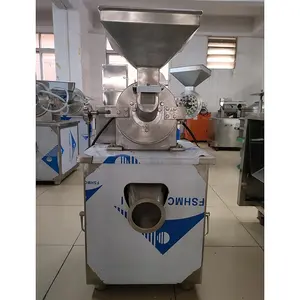
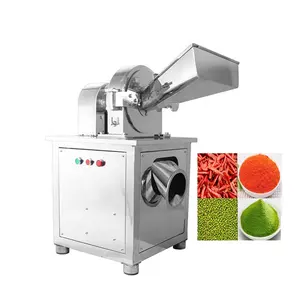

















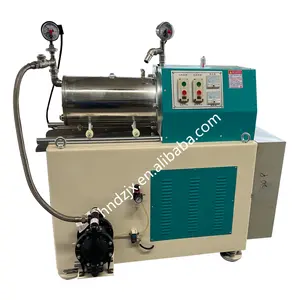
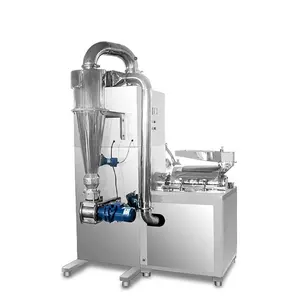

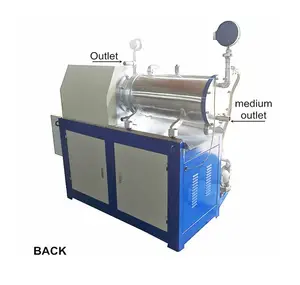















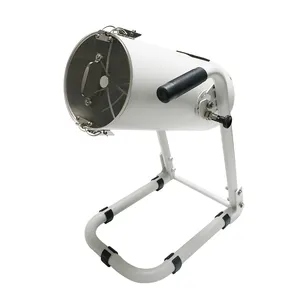

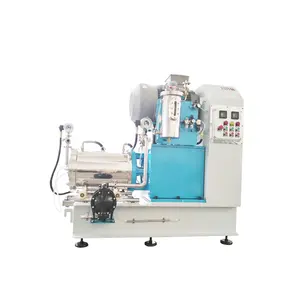

























 浙公网安备 33010002000092号
浙公网安备 33010002000092号 浙B2-20120091-4
浙B2-20120091-4